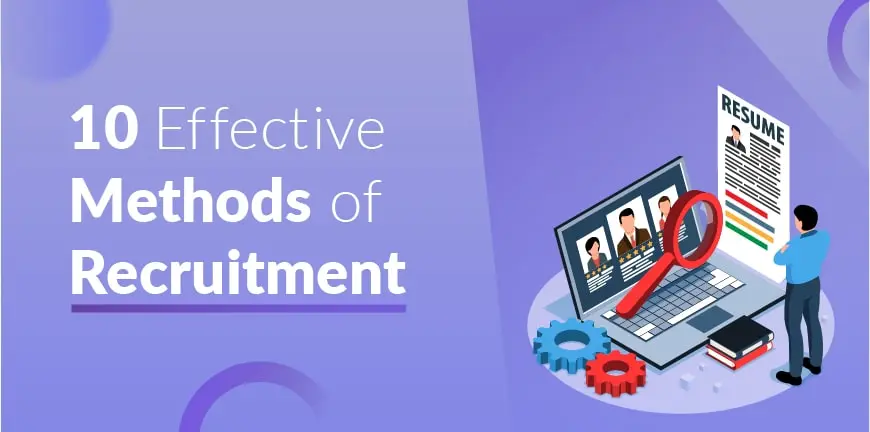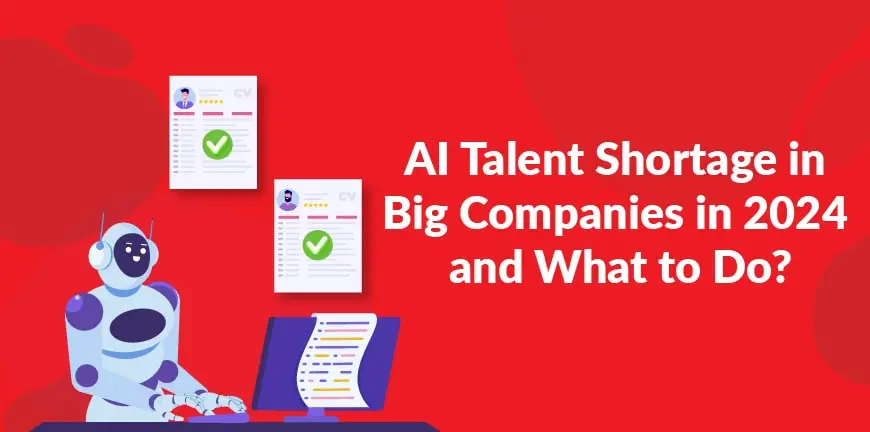
10 Effective Methods of Recruitment
09/09/2024
What is Manpower Planning? Definition, Importance, Objectives, Steps & Types
11/09/2024The Steven Spielberg masterpiece AI: Artificial Intelligence first explored AI from an emotional context, where an AI robot tries to reclaim the love of its human parent. It brings to question the collective responsibility that we share as human beings in the design and manipulation of AI and poses a question as to just how intelligent AI can get. So, are we there yet? Has AI become sentient?
It hasn’t become sentient as far as we know, but that doesn’t rule out the fact that AI is becoming more and more capable each day, at a speed that cannot be comprehended yet by the writers, artists or even programmers it is trying to replace. But AI also needs someone to take the wheel, to prompt it to deliver the right results. You need a writer to deliver the right content by overseeing how it is being executed and a good designer to ensure that the designs are coherent with the brand’s previous efforts or a general plan. There are of course also people that directly work on AI, perfecting it as AI engineers and data scientists etc.
So, when it comes to AI technologies, the fact that you need someone to take the wheel is both good and bad. It’s good because it creates the jobs of the future and perhaps even new disciplines, but it’s bad too because we are still not quite ready for it. There is clearly no curriculum for how AI is to be used. In fact, its usage would vary from industry to industry and there is no universal consensus on how this varies and what exactly to do in each scenario. There are also not many established certifications for AI specific to an industry, which means that there is no way to measure or quantify how useful a person who knows AI may be in a role.
While 93% of all big companies view AI as important to get their work done, nearly 76% of them face a severe shortage of AI talent. There are also no measures in place to ensure that the employees are ready to take on new challenges and many must depend on AI training partners to get the job done. Consequently, almost nine in 10 (89%) said their organization needs external guidance on implementing AI effectively, with more than half (57%) planning to engage with external third-party AI expertise in the next three years.
The study also added that obstacles to effective implementation frequently include a lack of in-house AI skills, increasingly complex regulatory requirements and mounting ethical concerns. These factors create uncertainty, slowing AI implementation and preventing the technology from reaching its full potential, it said. So, what is the solution or solutions to these problems? How can one navigate this talent scarcity crisis in 2024? Here are a few things you could do if you also are experiencing AI talent scarcity in 2024.
5 Ways to Overcome the AI talent scarcity crisis in 2024
Overcoming AI talent scarcity in 2024, especially for large companies, requires a strategic approach. Here are five ways companies can address this challenge:
1. Invest in Internal Training and Upskilling
By investing in internal training and upskilling for AI, you can build a workforce that can meet future challenges in the workplace. For this, you may need to hire a mentor who is well-trained and researched in AI and understands the needs of your domain or industry.
2. Collaborate with Universities and Institutions
Institutes dedicated to the learning and practice of AI, and which also conduct active research to improve the way it works, will be able to advise businesses on how to incorporate AI into the enterprise’s work. And this includes both how to use tools and technologies as well as where to apply them to gain a competitive advantage.
3. Leverage Global Talent Pools
By recruiting AI experts from countries across the globe, especially in remote roles, it is possible to not only get expert views on anything related to AI, but also diverse views related to work and problems faced, which helps to build innovation.
4. Adopt AI Tools to Support Development
AI tools that support development help to speed up the process, be it content creation, software programming, or even architectural development. But the adoption of AI tools must be supplemented by proper training on how to use them. Preferably you must avail yourself of the support of the technology partner in getting your workforce trained in them.
5. Focus on Retention Through Competitive Compensation and Work Culture
An attractive compensation and work culture could be just what your AI talent needs to stay onboard. Benefits such as paid time off can also help. Remember that AI is still evolving and for that reason, it helps to have experienced people on board, who can make an educated guess on what the next step in its evolution would be.
Closing Words
What are your thoughts on this as a reader, a founder or as an employee or manager who has had the privilege of using AI at work? How do you think AI tools will evolve and what other strategies are there to meet the challenges that they will pose at the workplace? We would like to know what you think.
Contact Us For Business Enquiry

Rajkumar Shanmugam
Rajkumar Shanmugam is the Head of HR at ALP Consulting, bringing over 19 years of comprehensive HR leadership experience across India and international markets. His expertise spans talent acquisition, employee relations, performance management, compliance, and HR transformation. Rajkumar has a proven track record of driving people-centric initiatives, enhancing workplace culture, and aligning HR strategy with business goals. With extensive experience in US staffing operations and global mobility, he continues to lead organizational excellence through innovation and employee engagement.




